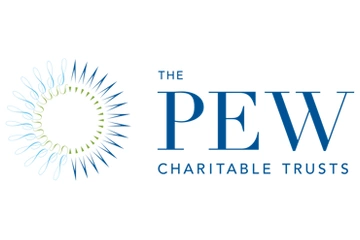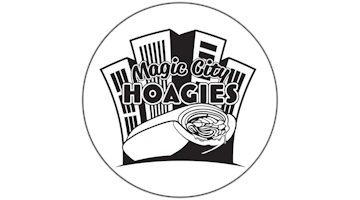A U.S. Dept. of Health and Human Services study from 2020 found that insulin prices in the U.S. are as much as 10 times higher than in other developed countries. It’s an issue that’s getting the attention of state legislatures across the country, and the solution that’s increasingly adopted — regardless of which party is in control — price caps.
But price caps aren’t a perfect solution, and their usage is often in conflict with pro-business, market-based ideologies. In North Dakota, the simple introduction of Senate Bill 2140 (a bill to cap insulin prices) in the ND legislature drew a quick response from the Greater North Dakota Chamber. From their news release, “Again this Session, legislators are being asked to consider having the government artificially set prices for life-saving prescription drugs. Government price controls, especially at the state level, are seemingly well-intentioned but have unintended harmful consequences.”
Yet, as of today, 22 other states have put some form of price control in place. Texas, Oklahoma, Louisiana, Alabama, Kentucky, and Utah are among them; those are not states typically associated with left-leaning coastal policy. And then there are the human consequences to consider. What horrible decisions are families forced into to figure out how to pay for insulin? For more on that and larger challenges at play across states, check out the article from PEW linked below.



